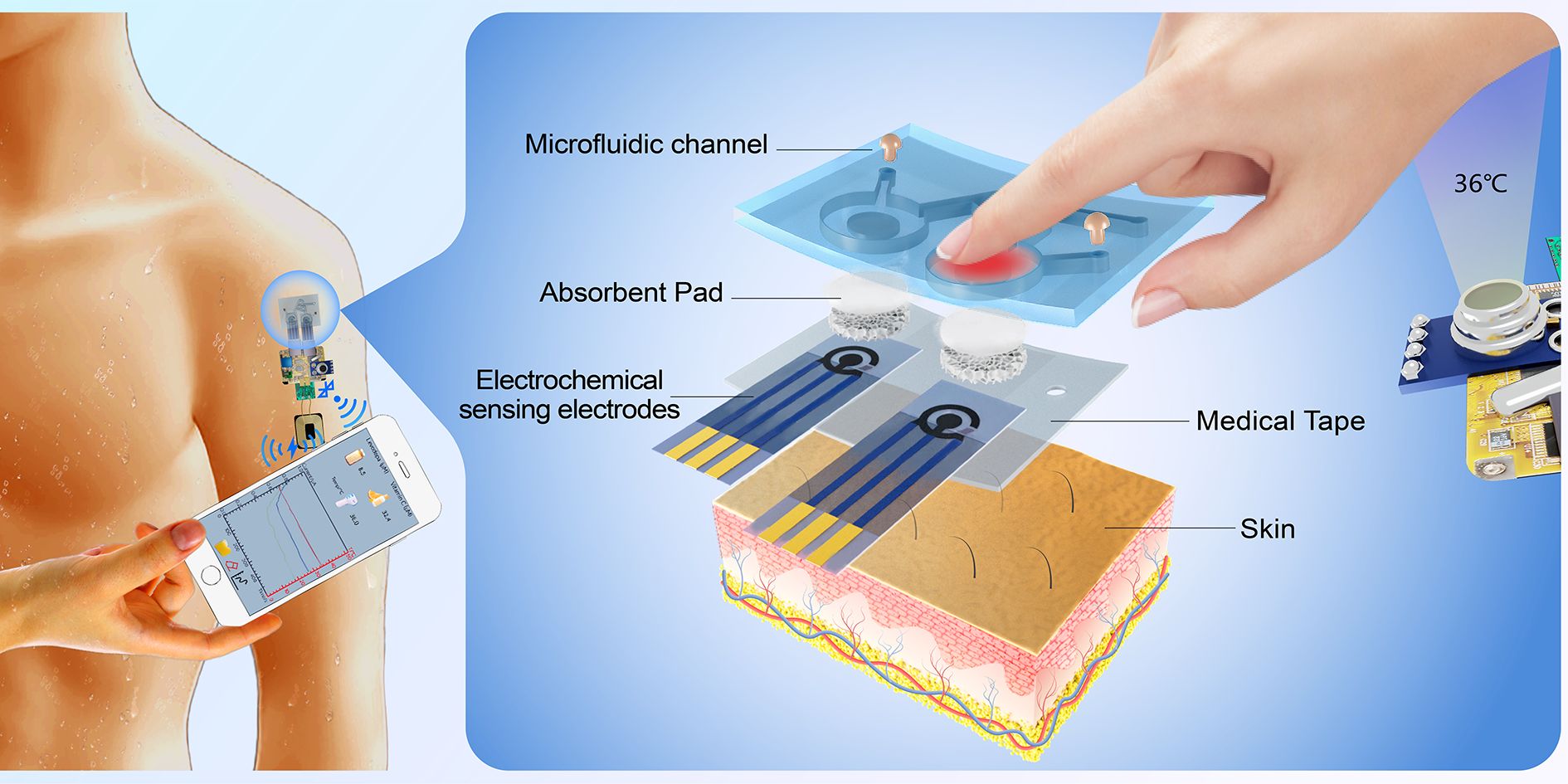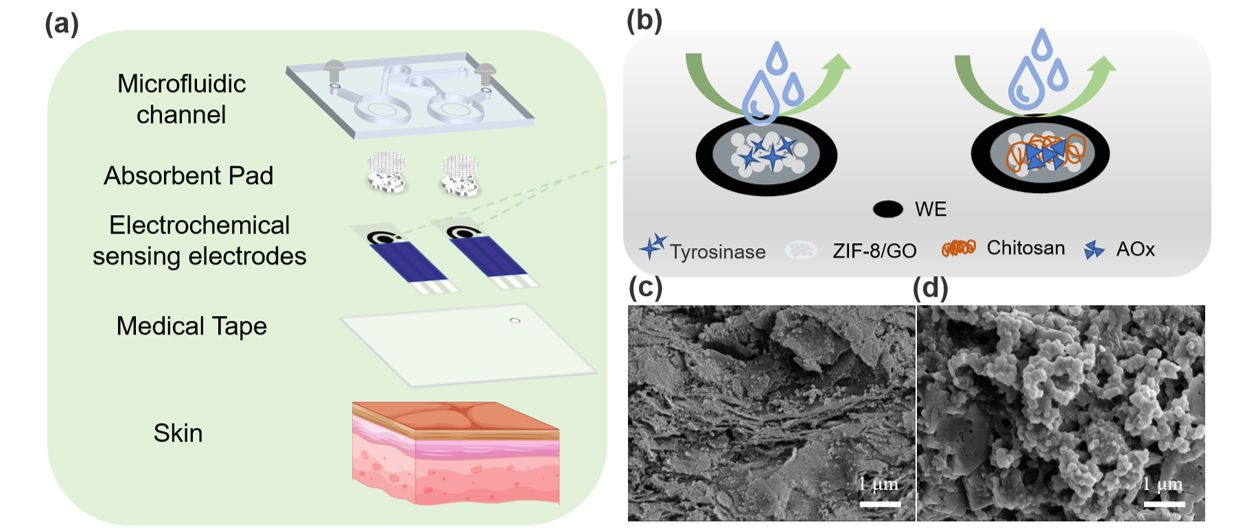- Home
- About Us
- Students
- Academics
-
Faculty
- Electrical Engineering
- Automation
- Computer Science & Engineering
- Electronic Engineering
- Instrument Science and Engineering
- Micro-Nano Electronics
- School of Software
- Academy of Information Technology and Electrical Engineering
- School of Cyber Security
- Electrical and Electronic Experimental Teaching Center
- Center for Advanced Electronic Materials and Devices
- Cooperative Medianet Innovation Center
- Alumni
-
Positions
-
Forum
News
- · Bin Dai's Team Unveils the Assembly Mechanism of β-Lactoglobulin Fibrils, Providing New Insights for the Development of Functional Nanomaterials
- · Mingyi Chen’s research group has made important progress in the field of analog-to-digital converter chips for brain-computer interface
- · Progress in the Development of Semiconductor Nanomaterials to Activate Pyroptosis for Cancer Therapy
- · Jiamiao Yang’s team achieved the high precision optoelectronic reservoir computing based on complex-value encoding
- · Significant Advancements in Resonator-Enhanced Quantum Sensing Achieved by Zenguihua's Team at the School of Sensing Science and Engineering
Wang Kan's research group has made important progress in self-pumping multi-functional sweat sensing
Recently, the research paper "Finger-actuated wireless-charging wearable multifunctional sweat-sensing system for levodopa and vitamin C detection" by Associate Professor Wang Kan's team at the School of Electrical and Electronic Engineering, Shanghai Jiaotong University, was published in the journal Nano Research. In this study, a self-pumping flexible wearable sensing system was designed and developed with the aim of achieving multifunctional non-invasive detection of human sweat and body temperature. A series of optimisation studies and on-body tests were carried out to achieve rapid detection and analysis of levodopa, vitamin C and body temperature in human sweat, which has important application prospects.

Figure1 Schematic diagram of the finger-actuated wireless-charging wearable multifunctional sweat sensing system
The background of this study:
As well as common metabolites, such as glucose and ionic compounds, sweat also contains important compounds such as drugs and nutrients. Currently, wearable sweat sensors are facing challenges such as unstable enzyme modification, inefficient sampling, and system power supply anxiety. Therefore, through the designed system (based on the modification of MOF functional materials, microfluidic chip with integrated self-driven pumps and valves, and integrated wireless charging function), we can quantitatively analyze important biomarkers in sweat, which can then provide important reference for the assessment of human health and nutritional status.
Innovative results:
The wearable sensing system consists of six main components: microfluidic channels, absorbent pads, electrochemical sensing electrodes, adhesive layer (medical tape), flexible printed circuit boards, and a smartphone app. The microfluidic channel, which combines a tesla valve and a self-driven pump, is built to collect and transport sweat from the surface of the human skin to the sensing electrode layer. The Tesla valve has the function of preventing sweat backflow, while the self-driven pump makes the system much more efficient in sampling and eliminates the need for an externally driven pump. The hydrophobicity of the microfluidic channels lead to unequal distribution of the sweat flowing into the reservoir. Thus, absorbent pads are used for sweat absorption and transmission. Moreover, the pads are effective in filtering out interferences such as oils and grease. Electrochemical sensing electrodes were prepared based on Metal Organic Framework (MOF) materials, which resulted in improved stability of the sensor enzyme and improved electrochemical response of the sensors. A compact flexible printed circuit board with wireless charging and wireless data transmission was also designed and fabricated. Additionally, the developed smartphone app replaces the computer equipped with the electrochemical workstation, which is not only more convenient, but also better meets the user's individual management needs.

Figure 2 (a) Schematic diagram of the self-pumping microfluidic chip. (b) Principles of the levodopa sensor and vitamin C sensor. (c) SEM image of ZIF-8/GO. (d)SEM image of ZIF-8/GO@ tyrosinase.
Fresh sweat can be easily accessed by finger pressure, and old excess sweat can be discharged on demand. Compared with commercial electrochemical workstation, the self-developed wireless rechargeable flexible sensing system has the advantages of portability, low cost and easy operation while ensuring comparable detection performance. As verified by the results of both the off-body and on-body experiments, the developed system is able to achieve a better quantitative detection of the target analytes in sweat.

Figure 3 (a) On-body application of the flexible sweat-sensing system. (b) Changes in sweat levodopa concentration after a meal in five volunteers. (c) Changes in sweat vitamin C concentration after a meal in five volunteers.
The information of the paper:
Qihong Ning, a master's student at the School of Electronic Information and Electrical Engineering, Shanghai Jiao Tong University, and Shaoqing Feng, associate chief physician of the Ninth People's Hospital, were the co-first authors of the paper, and Kan Wang, an associate professor, was the corresponding author. This study was supported by National Natural Science Foundation of China (No. 32171373), the Projects of International Cooperation and Exchanges NSFC (No. 82020108017), the Natural Science Foundation of Shanghai (No.23ZR141450 0), and the Medical Engineering Cross Project of SJTU (No.YG2021QN141).
https://doi.org/10.1007/s12274-023-6197-6
The information of the journal:
Nano Research is an international, multidisciplinary professional academic journal, which mainly publishes high-quality, original research papers and review articles in the field of nano research, covering all aspects of nano science and technology research. it was founded by Tsinghua University Publishing House in 2007, and formally appeared in 2008. Since it was included in SCI in January 2010, the impact factor of the journal has reached 9.9 in 2023. The journal is in the Q1 region of the Chinese Academy of Sciences subdivision of Materials Science and also in the Q1 region of the WOS subdivision.
-
Students
-
Faculty/Staff
-
Alumni
-
Vistors
-
Quick Links
